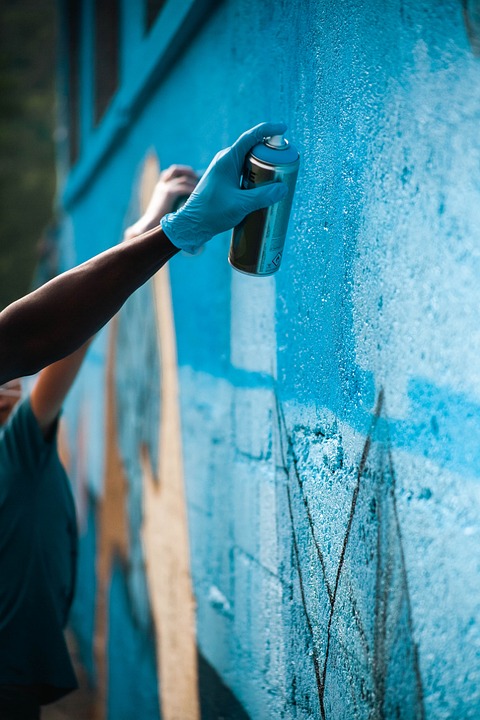Exploring Diversity in Contemporary Art
Contemporary art is a dynamic and diverse field that encompasses a wide range of styles, mediums, and perspectives. From painting and sculpture to performance art and new media, artists around the world are constantly pushing the boundaries of what art can be and how it can be experienced. One of the most exciting aspects of contemporary art is the celebration of diversity – both in terms of the artists themselves and the subjects they explore.
The Artists
One of the most important ways in which contemporary art celebrates diversity is by highlighting the work of artists from a wide range of backgrounds. While the art world has historically been dominated by white men, there is an increasing recognition of the importance of diversity in the arts. Artists of color, women, LGBTQ artists, and artists with disabilities are now receiving more attention and opportunities to showcase their work.
For example, the work of African American artist Kara Walker challenges traditional notions of race, gender, and power through her large-scale silhouette installations. Mexican artist Frida Kahlo’s powerful self-portraits explore themes of identity, pain, and resilience. Japanese artist Yayoi Kusama’s immersive and hypnotic polka dot installations invite viewers to experience a sense of infinity and wonder.
The Themes
Contemporary art also celebrates diversity through the wide range of themes and subjects that artists choose to explore. Many artists today are tackling issues such as identity, immigration, globalization, climate change, and social justice. By engaging with these important topics, artists are able to create work that is not only visually striking but also thought-provoking and socially relevant.
For example, Chinese artist Ai Weiwei’s powerful installations and sculptures often address issues of human rights, freedom of expression, and political dissent. American artist Jenny Holzer uses LED signs and text-based artworks to challenge viewers to think critically about power, control, and communication. Nigerian artist Yinka Shonibare’s work explores the legacy of colonialism and the complexities of cultural identity through his use of colorful fabrics and historical references.
The Mediums
In addition to the diverse backgrounds and themes of contemporary artists, the mediums they use to create their work are also varied and innovative. Traditional mediums such as painting and sculpture are still popular, but many artists are also experimenting with new technologies, materials, and techniques to create art that is truly unique and cutting-edge.
For example, British artist Anish Kapoor uses reflective materials such as stainless steel and silicone to create large-scale sculptures that distort and reflect the surrounding environment. Icelandic artist Olafur Eliasson’s immersive installations use light, water, and sound to create sensory-rich experiences that challenge viewers to think about their relationship to the natural world. American artist Kehinde Wiley creates vibrant, larger-than-life portraits of people of color in the style of traditional European portraiture, subverting and expanding upon the genre.
The Impact
The celebration of diversity in contemporary art not only benefits artists and audiences but also has a larger impact on society as a whole. By showcasing the work of artists from diverse backgrounds and exploring a wide range of themes and perspectives, contemporary art has the power to challenge stereotypes, break down barriers, and foster understanding and empathy across cultures and communities.
For example, the work of Palestinian artist Mona Hatoum invites viewers to think about issues of displacement, conflict, and belonging in a globalized world. Mexican American artist Yolanda Lopez’s powerful Chicana feminist art challenges traditional notions of beauty, identity, and representation. South African artist William Kentridge’s multimedia installations address the legacy of apartheid and the complexities of memory and history.
In conclusion, celebrating diversity in contemporary art is not just about showcasing a variety of artists, themes, and mediums – it is about recognizing the rich tapestry of human experience and using art as a means of fostering dialogue, understanding, and connection. Whether it is through exploring issues of race, gender, identity, or social justice, contemporary art has the power to inspire, provoke, and transform the way we see ourselves and the world around us. By embracing diversity in all its forms, we can create a more inclusive and vibrant art world that reflects the complexity and beauty of the human experience.
